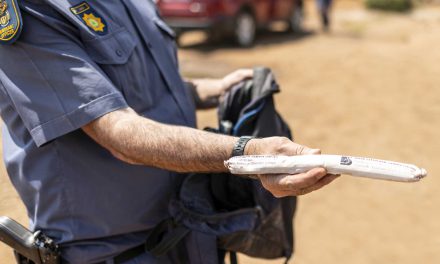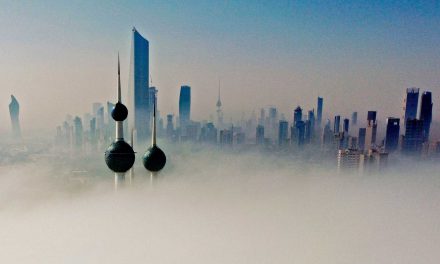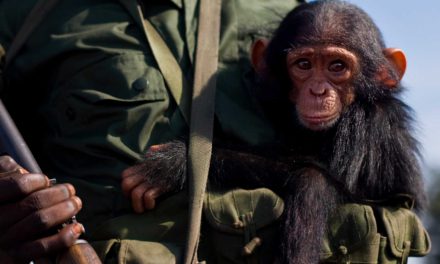Malawi remains one of the poorest countries in the world despite making significant economic and structural reforms to sustain economic growth. The economy is heavily dependent on agriculture, which employs more than 80% of the population, and is vulnerable to external shocks, particularly climate shocks, irregular migration patterns and high urbanisation. These are some of the factors fuelling human trafficking in the country.
According to the International Organisation for Migration (IOM) and United Nations Development Programme (UNDP) data, Malawi is both a source and transit country for people trafficking. In Malawi, traffickers generally lure victims from the southern part of the country to the central and northern regions for forced labour in agriculture (predominantly the tobacco industry), goat and cattle herding, and brickmaking. Many cases of child labour external to the family involve fraudulent recruitment and physical or sexual abuse, indicative of forced labour. Traffickers also exploit adults and children from Mozambique, Zambia, the Great Lakes region and the Horn of Africa for labour and sex trafficking in Malawi.
Human trafficking continues to be a challenge for Malawi’s authorities, despite the country’s ratification of the 2000 UN Palermo Protocol and the enactment of the Trafficking in Persons Act of 2015, a progressive law that prohibits all forms of trafficking and prescribes punishments of 21 years for child trafficking to life imprisonment as an aggravated offence. The Act has been enriched with a National Action Plan of 2017-2022 (NAP).

A boy lifts dry raw bricks and takes them to a kiln where they will be fired to earn money at Jumpha Village, Traditional Authority Chitukula in Lilongwe, central Malawi. Photo: Amos Gumulira/AFP
Trafficking syndicates, facilitated by family members or brothel owners, lure children in rural areas by offering employment opportunities, clothing, or lodging, for which they are sometimes charged exorbitant fees. Traffickers lure teenage boys into forced labour on farms and girls into sex work or other forms of sexual exploitation in nightclubs or bars.
More recently, Malawian newspapers and social media platforms reported in September and October 2022 that 376 women had been trafficked to Oman as domestic labour (see Josephine Chinele’s article on page 98). There was a mass outcry, with public demands that the government rescue these women. But the plight of Malawian women and girls trafficked to the Middle East and the Horn of Africa is not a new phenomenon; in 2020, for example, there were reports of young girls trafficked to Kuwait.
During the pandemic, syndicates began using unmonitored and irregular border crossings to facilitate transnational trafficking, avoiding traditional border crossings that demanded COVID-19 test certificates. Observers also reported that traffickers were increasingly using smaller, less obvious transportation methods. According to the Salvation Army in one district, traffickers used bicycles and motorbikes instead of trucks or buses to transport potential victims.
The weakest link in Malawi’s trafficking management methods is the government’s lack of commitment to coordinating interventions despite the NAP.
In March 2022, in my capacity as Executive Secretary for the Human Rights Commission, I engaged Kennedy Nkhoma, the principal secretary at the Ministry of Homeland Security, to understand their interventions in the wake of COVID-19. He confirmed that, according to their statistics, labour and the sex trade were the most prevalent forms of trafficking in Malawi.
Most of the 80% of Malawians working in agriculture are smallholder farmers. It is commonplace to find these farmers using cheap sources of labour.
Some 66% of Malawi’s child labourers aged 5-17 involved in hazardous work are employed in agriculture, forestry, hunting and fishing, while another 28% are employed in domestic service. Children are also involved in other forms of exploitation, including illegal cyber activities. One example of that is a recent case in which a Chinese national was arrested and charged with child trafficking for exploiting Malawian children in Lilongwe and Mchinji by filming videos that were sold for profit in China between 2019 and 2022. The children were forced to work for long hours, seven days a week, and the videos, some of them racist, were sold for up to $70 on Chinese social media platforms and the internet.
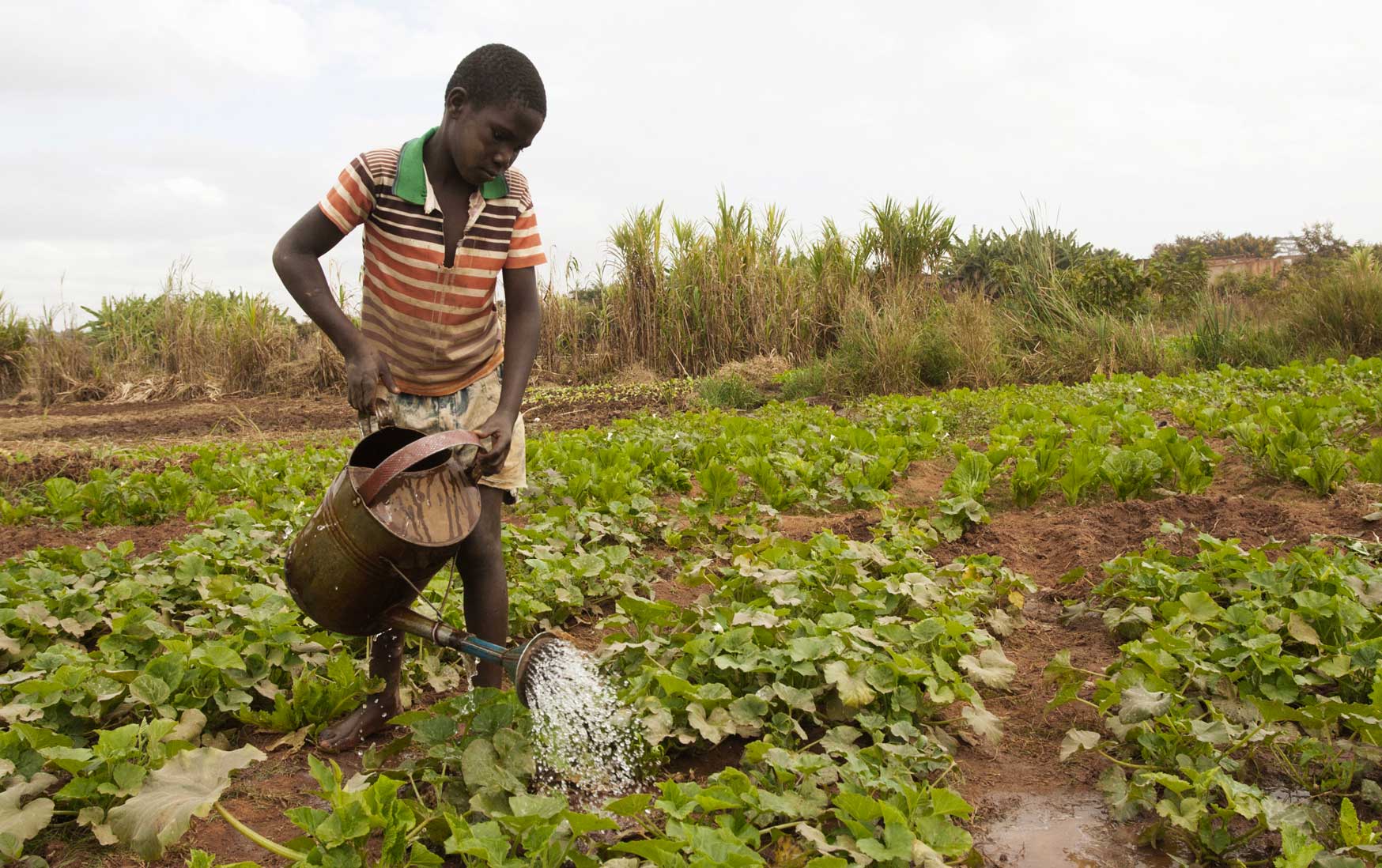
Gender inequality also plays a role in human trafficking. In an agriculture-based economy, women have fewer options to break out of poverty, making the appeal of working abroad more attractive for women and girls from poorer households. Malawi’s statistics show that 70% of full-time farmers are women. The agricultural industry relies heavily on family labour, with high-value cash crops such as tobacco strongly regulated by men. Farmworkers are mostly family members, including women and children, whose labour costs and pay are not compensated. Malawi’s culture dictates that women’s participation in farms is unpaid labour since it is considered part of already undervalued gender-stereotyped domestic work.
Evidence of this growing illegal activity was exposed in October last year when Malawian authorities discovered a mass grave containing the bodies of 29 Ethiopians in the remote Mtangatanga forest reserve in the northern district of Mzimba, a region known for human trafficking. At the time of writing, Tadikira Mafubza, the stepson of the former president, Peter Mutharika, had been arrested in connection with the discovery of the mass grave.
The former president’s son was arrested after a truck he owns was alleged to have been involved in ferrying the group of Ethiopians. The case, which has garnered huge public interest, is ongoing.
Institutional arrangements on paper, as in the NAP, appear to be functioning with well-represented services and mechanisms such as the National Coordination Committee Against Trafficking in Persons, made up of the Ministry of Homeland Security, which includes the Malawi Police Service, the Immigration Department, Ministry of Gender, Community Development and Social Welfare, Ministry of Labour, Ministry of Foreign Affairs, Ministry of Health, Legal Aid Bureau (LAB), the judiciary and Ministry of Health, representing a holistic approach to trafficking and modern slavery.
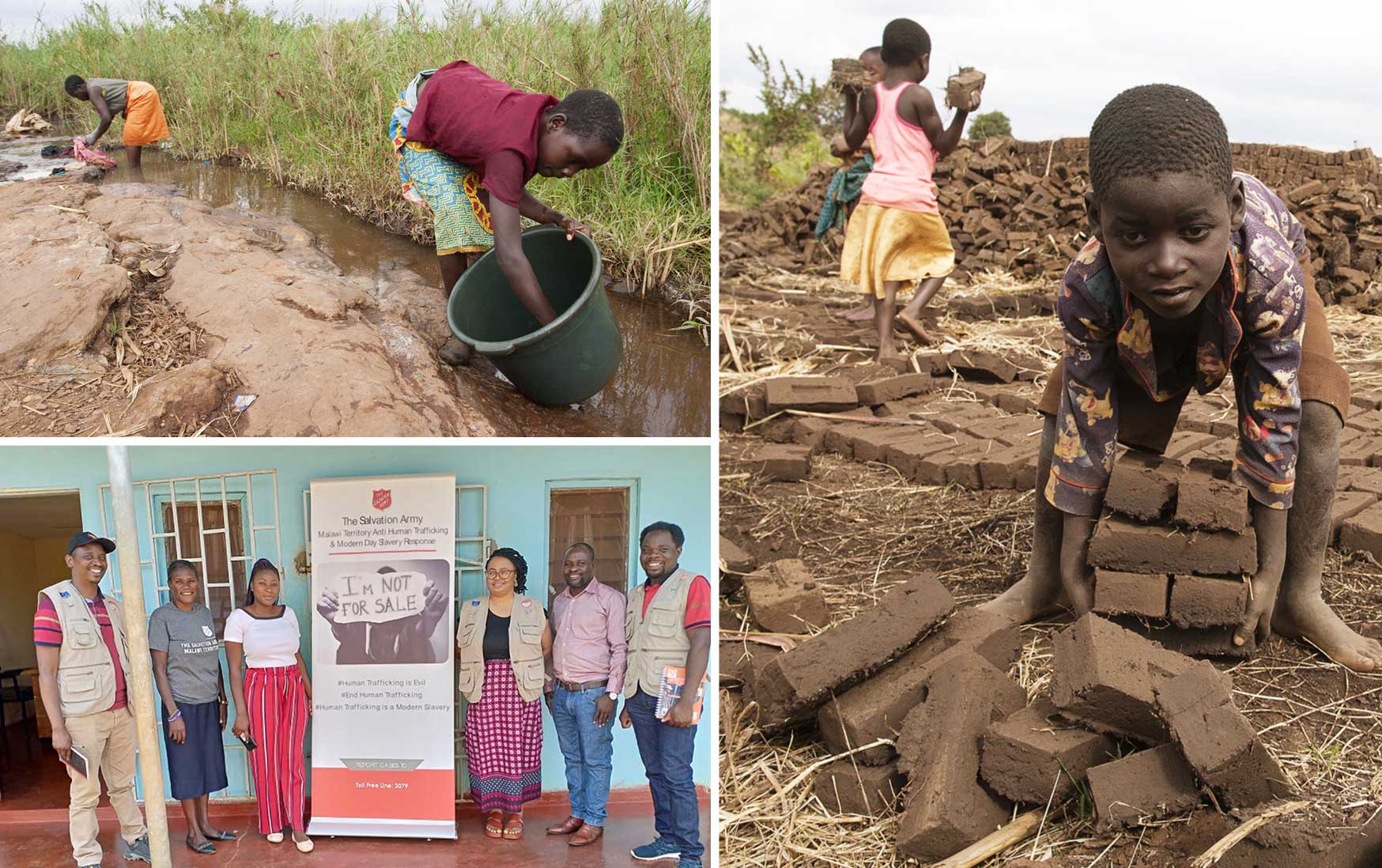
The executive secretary of Malawi’s Human Rights Commission, Habiba Osman (third from right) with members of the Salvation Army.
Lack of coordination, however, means that no concrete actions and data are shared on what these institutions are achieving. In October last year, for example, while monitoring a shelter in one border district, a team from the Malawi HRC led by myself, noted that law enforcement agencies do not coordinate with other stakeholders such as the social welfare department, civil society organisations, the Legal Aid Bureau, media, government hospitals and others. This weak coordination system means that it is not surprising that Malawi is rated at Tier 2 in the anti-trafficking fight, according to the US TIP Report 2021.
Also, a common denominator of these institutions is the struggle financially to support victims when they are rescued. An anti-trafficking fund was established through the anti-trafficking Act, which should be an important mechanism for victim support. The fund, however, is not administered for trafficking victims as intended and its use has been restricted to administrative needs. Also, the fund is not accessible to victims and local players such as NGOs, the social welfare department, the police and local leaders in rescuing, supporting and identifying trafficking victims.
Thus, having examined Malawi’s progress with its efforts to curb trafficking, the major challenge is that of coordination. Also, a lack of resourcing for the NAP means that, as a country, we are failing to holistically address issues of prevention, protection and the prosecution of traffickers. COVID-19 has worsened our weaknesses in combating human trafficking, particularly cross-border trafficking and investigations. It is strongly recommended that government needs to review the national action plan because it is a blueprint for implementation and enforcement, which is also lacking to a large extent.

